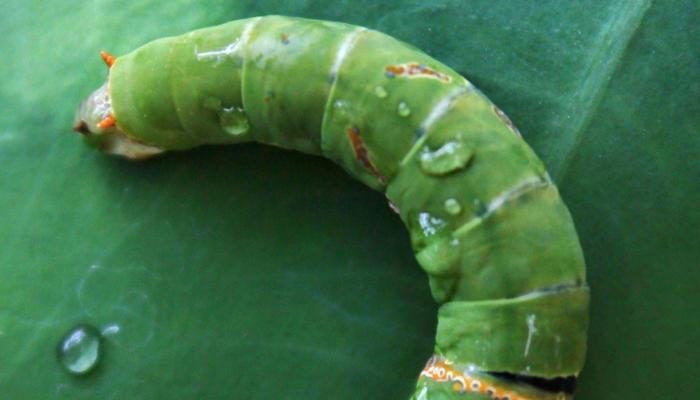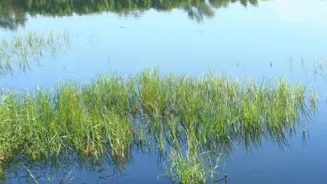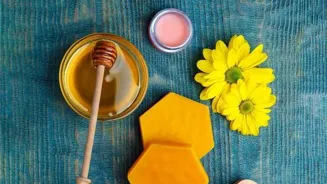Unlock the Mysteries of Indian Butterflies: A Journey from Caterpillar to Beauty. Dive into the magical transformation!
India, a land known for its vibrant culture and diverse ecosystems, also boasts a dazzling
array of butterfly species. These winged jewels flutter across gardens, forests, and even urban landscapes, adding a touch of magic to our surroundings.
But behind their delicate beauty lies a fascinating transformation, a journey through distinct stages – the life cycle of the Indian butterfly. Understanding this cycle allows us to appreciate these creatures even more, and perhaps even contribute to their conservation.
Butterfly eggs are diverse in shape, size, texture, and color
The butterfly life cycle begins with the egg. Butterfly eggs are marvels of miniature architecture. They are not just simple spheres; they come in various shapes and sizes, depending on the butterfly species. Some are round, like tiny beads, while others are elongated, resembling miniature bottles.
The texture can also vary, from smooth and glossy to ribbed or intricately patterned. You can find them in different colours too, white, yellow, or even vibrant green. The mother butterfly carefully lays these eggs on specific host plants.
These plants are crucial because once the egg hatches, the caterpillar will depend on them for food. She chooses these plants with great precision, ensuring the caterpillar has the right nutrition it needs to grow.
Caterpillars voraciously eat, molt, and grow rapidly on specific plants
After a few days or weeks, depending on the climate and butterfly species, the egg hatches, revealing the larva, more commonly known as the caterpillar. This is the eating machine stage of the butterfly's life.
Caterpillars are voracious eaters, their primary job being to consume as much plant material as possible. They munch almost constantly, growing rapidly. In most cases the caterpillar sheds its skin multiple times as it grows and becomes mature. They outgrow their skin.
This process is called molting. Caterpillars can be quite picky about their food. Most species feed on only one or a few types of plants. This is why the mother butterfly is so careful when selecting the host plant for laying her eggs.
The caterpillar possesses all the tools it needs for its feeding frenzy, including strong jaws and a seemingly insatiable appetite.
Caterpillar transforms through multiple molts to feed and grow
This wormlike creature primarily feeds on the leaves of its host plant. With each molt, the caterpillar's appearance might change slightly, revealing different patterns or colors. This is indeed a beautiful transition. The caterpillars shed their skin. They feed constantly until they are full.
Eating is the primary purpose of the caterpillar. This cycle continues for some days until it sheds for the final time.
Caterpillar transforms into butterfly in pupa stage
Once the caterpillar has reached its full size, it enters the pupa stage. The pupa stage, also known as the chrysalis, is a period of dramatic transformation. It can be green, brown, or even camouflaged to blend in with its surroundings.
Inside this protective shell, a momentous change is taking place. The caterpillar's body undergoes a complete metamorphosis, breaking down into its basic components and then reorganizing itself into the form of a butterfly.
This is not just a change of appearance; it involves a wholesale restructuring of tissues and organs. It is like a complete makeover from the inside out! It attaches itself to a twig or leaf, forming a protective shell around itself. This can take a few weeks or even months.
Butterfly metamorphosis from pupa to flight
This stage might appear still and inactive, but a lot of change is happening inside the pupa shell. Once the change is completed, the outer shell breaks and fully formed butterfly comes to the outside world. Then, the butterfly prepares itself to take flight.
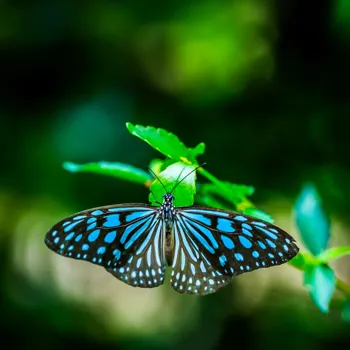
The process is tedious and it takes some time for the butterfly to gain strength.
A butterfly's life cycle: from pupa to feeding on nectar
Finally, the pupa's outer layer splits open, and the fully formed butterfly emerges. This is the adult stage, marked by the butterfly’s iconic wings. These wings, which were once crumpled and wet, slowly expand and dry in the air.
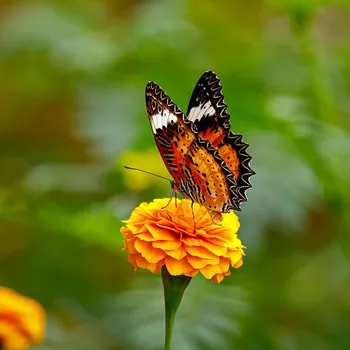
The butterfly spends its time mostly feeding on nectar and searching for a mate. The butterfly feeds on nectar with their straw like thing called proboscis. They unroll their proboscis and sip on the nectar. Butterflies have their own preferences of nectar they want to sip on.
The butterfly needs food to maintain its energy and fly long distances. The life span of a butterfly depends on the type of species. Some butterfly lives for very short duration while others live for months.
Butterfly wings essential for flight, mating, and camouflaging
The beautiful wings are not just for show as they are essential for flight and also play a role in attracting mates and camouflaging from predators. The adult butterfly spends its time either feeding on nectar from flowers to gain energy or looking for a mate.
The mating is crucial to ensure that the circle of life continues. After mating, the female butterfly searches or the respective plants to lay eggs and the entire process restarts again.
Indian butterfly life cycle faces threats from habitat loss, climate change. Protection crucial
The Indian butterfly life cycle also has its own troubles. The habitat loss is a big threat to the butterflies with increasing urbanization and deforestation. Planting native plants can make food and a location for breeding for different Indian butterflies.
Avoiding the usage of pesticides and insecticides can also help to ensure caterpillars grow and grow into adult butterflies. The climate change affects the development rate of butterflies and their migration process. We should always appreciate and protect the Indian butterflies and their habitats.
By understanding the process of life cycle we can encourage others to plant more trees and flowers which will attract butterflies. There are many organizations and citizen science programs which are always tracking butterfly population and distribution.
We should always join the local conservation efforts and always help to protect the Indian butterflies. By making even some change we can protect the Indian butterflies.
AI Generated Content. Glance/InMobi shall have no liability for the content